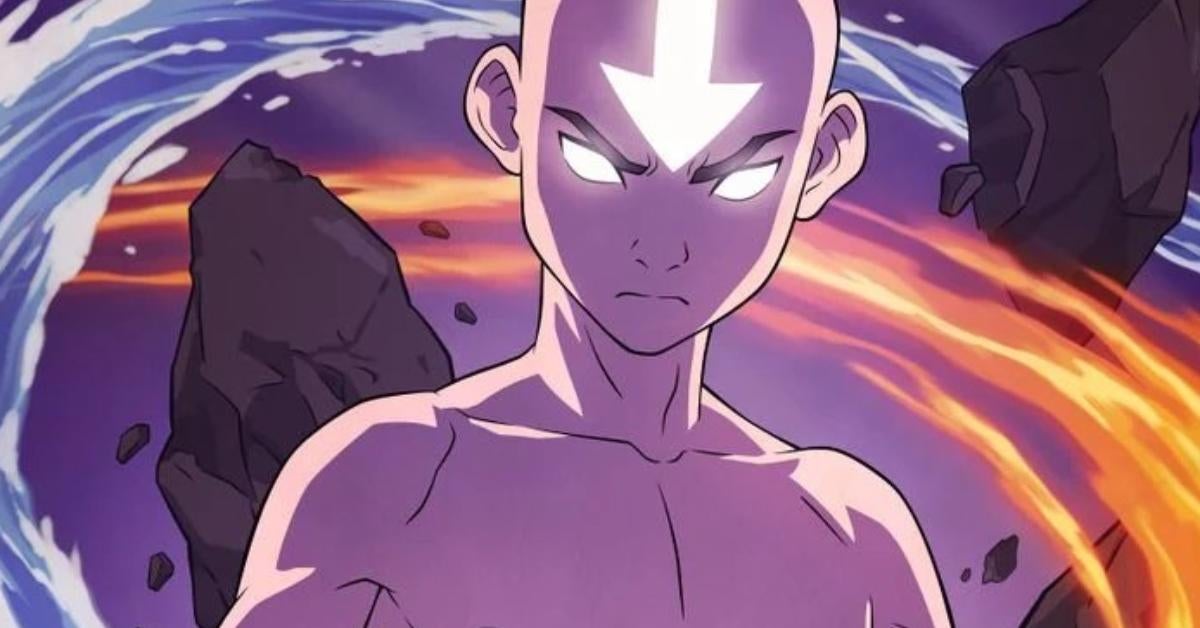Anime, Avatar: The Last Airbender
“Why did Aang die young?” – Question about Aang’s lifespan in The Last Airbender

The death of Aang, the last Airbender and the previous Avatar before Korra, was a significant event in the world of Avatar: The Last Airbender and The Legend of Korra. Despite his passing, the character continued to have an impact on the story through his legacy, his children, and his past Avatar lives, which made for some emotionally charged and nostalgic moments for fans of the series.
However, the manner of Aang’s death itself was not explored in detail during the course of the show. Avatars are known for their long lives, which are attributed to their harmony with the spiritual world and their great power. Avatar Kyoshi, Aang’s predecessor, lived for 235 years, while Avatar Roku, the Fire Avatar who came before Aang, only lived to the age of 70. Roku died not of natural causes, but because he sacrificed himself in an attempt to stop the impending war that was caused by his childhood friend Fire Lord Sozin, who was responsible for the genocide of the Air Nomads.

In contrast, Aang died peacefully of natural causes, but at the young age of 66, which was considered remarkably young in comparison to Kyoshi before him. There are two explanations for this: a logistical one related to the making of the show, and an in-world one that provides a possible explanation in line with the character’s narrative.
The producers of The Legend of Korra needed Aang to pass away early so that they could document the journey of the next Avatar, Korra, while also keeping some familiar faces and well-known characters in the show. To achieve this, Aang had to pass away at a young age, so that Korra could grow old enough to battle and engage in her elemental training, but still be young enough for characters like Katara and Zuko to be around to help guide her in times of trouble.
The other explanation for Aang’s early demise is related to his past. In the first episode of Avatar: The Last Airbender, Aang is awoken from a state of suspended animation after being encased in ice for just over 100 years. Although he awakens in the body and mindset of a 12-year-old boy, his body remained alive and awake to some extent during that time. Furthermore, he was in a spiritual state somewhere between the waking world and the Avatar state, which meant that his body was using huge amounts of his cosmic energy just to keep him alive. This meant that he used up much of his extended life force during the inactive years of his existence before he even learned to master any of the elements.

In addition to this, Aang underwent significant transformations of power within his Avatar state during his active years as the peacekeeper of the world, including the first known example of energy bending when he took the power from Fire Lord Ozai. This would have exerted a huge amount of impact on his body and spiritual reserves, which may have contributed to his earlier departure from the world.
Despite his premature death, Aang lived a good life on Earth and died peacefully surrounded by his wife and children. He knew that a new generation of air nomads would come after him and that he was no longer the last air bender after all. The impact of his character on the world of Avatar was significant and far-reaching, and his legacy continued to be felt throughout the series.

We bring out some of the most well-known Avatar: The Last Airbender Collection all of which are available at reasonable costs. Visit our link now if you are interested in the Avatar: The Last Airbender Collection


Zuko,Suki,Azula,Naga,Mako
